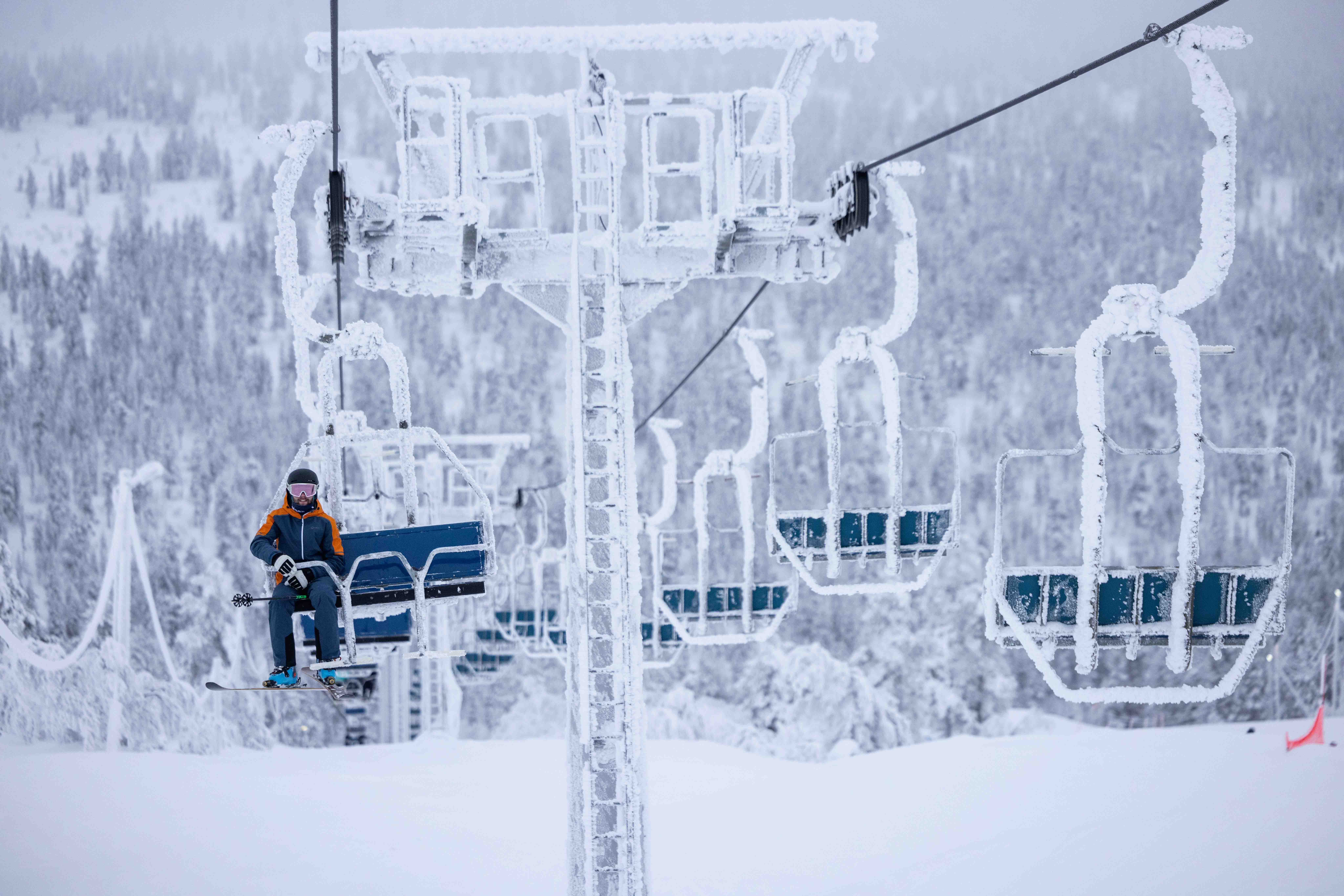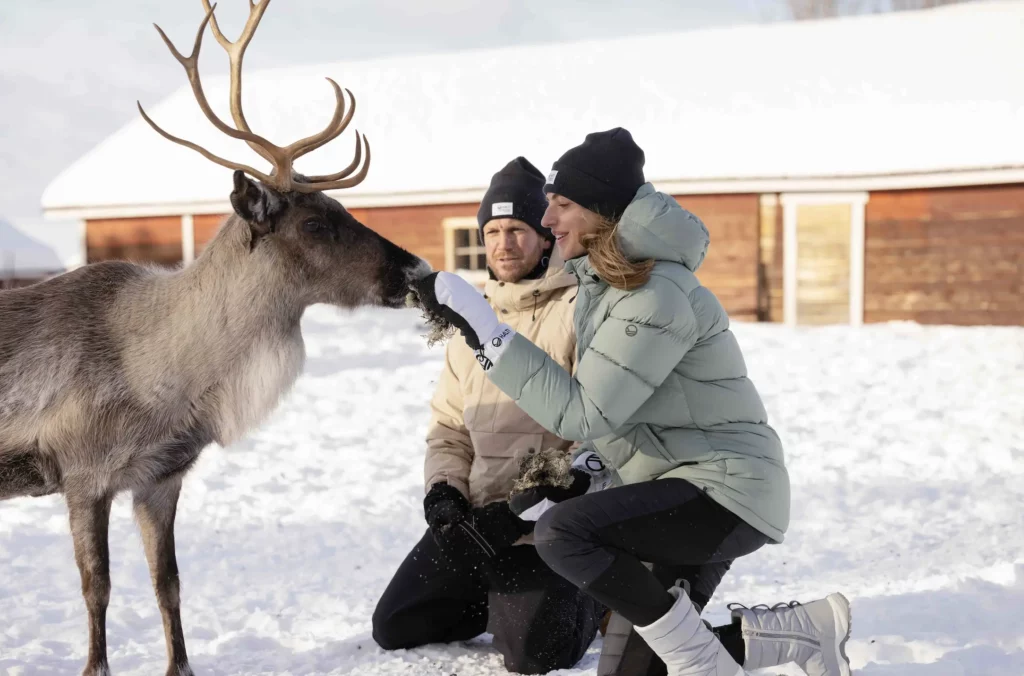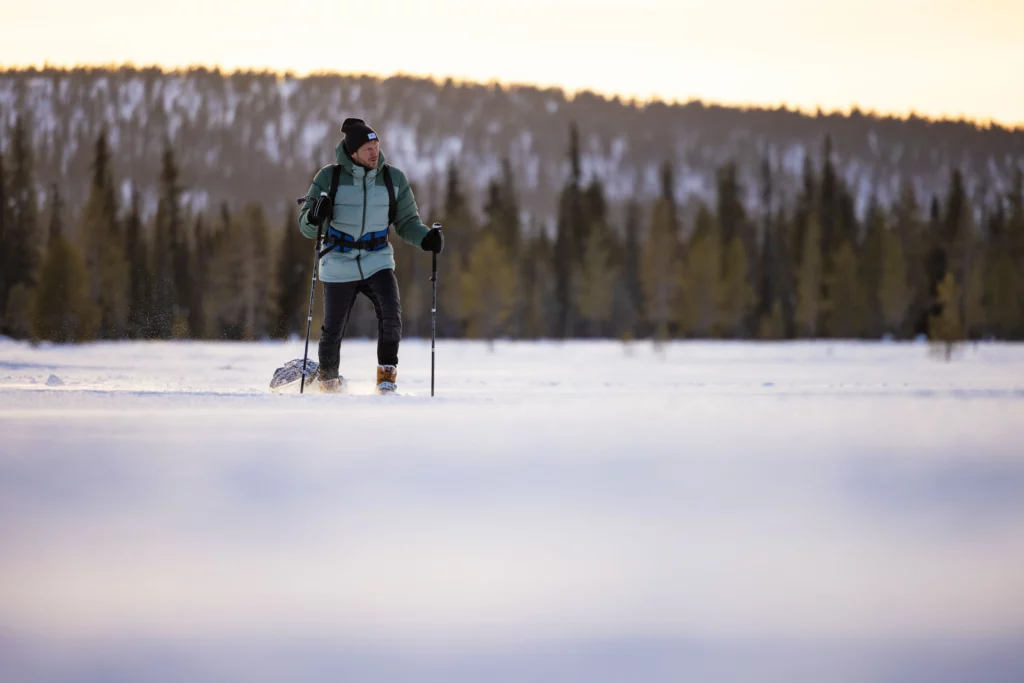Sustainability Spotlight | Halti


Al Morgan: It feels as though the nations of the Nordic region are ahead of the curve when it comes to how we tackle the challenges of living and manufacturing in a more sustainable way. For Halti, this subject seems ingrained. What led Halti to work in this way, and why are the Finnish people more switched on to this approach?
Jason Summerfield: Those who live in Finland, and the Nordics, are really close to nature, and at Halti we also have this connection. Our gear is for active people who value the outdoors – they seek peak moments to be at one with the natural world, with a desire to escape stressful lifestyles and find harmony with their surroundings.
I think sustainability goes hand-in-hand with that mindset, which is why we believe that a sustainable future is the only future.
For this winter, 72% of the Halti Collection will be made of Bluesign-approved material. How do you envisage this reaching 100%, or is that not possible without further innovation?
For us, the environment is at the core of everything we do. Our brand exists to connect people with nature. Think Ahead is Halti’s sustainable development programme, and with this we take responsibility for our social, environmental and financial footprints.
We focus on many areas of sustainability, Bluesign being one that helps us to monitor our chemical safety.
We are committed to increasing recycled and renewable materials in our collections. Currently, 96% of items in our apparel collection use recycled material, so we are definitely moving towards a fully sustainable collection. However, sustainability work is always about trade offs between best practice, durability, repairability and financial issues. We aim to produce the most sustainable products, but do not want to compromise durability in the process.

Halti already produces mono-material outdoor garments that can be completely recycled at the end of their life. What are the challenges restricting how much of your technical clothing can be made this way?
We want to create items that support circular design. Our items are long lasting, durable and repairable, as well as made of recycled materials: 90% of our Kallio range, for example, is made of mono-material, which supports recycling at the end of their lifetime.
By choosing to prolong the lifetime of our products, and opting for recycled materials, we ensure the product’s carbon footprint is also as small as possible. When choosing recycled materials, we need to consider performance and durability. Sometimes it requires increasing recycled material content step-by-step, to ensure performance properties aren’t compromised.
We’re now seeing Halti clothing being used by a greater number of athletes and ambassadors globally. How do you select the people you partner with, and how important is their approach to sustainability?
Any ambassadors must share our vision of living in a more sustainable world and taking care of nature. There’s much more to it than likes, followers and medals; with recognition and success comes a responsibility to the natural world, but also to share that message to the wider audience.

What are your top tips for consumers to help reduce their environmental footprint?
The key is to ensure the consumer is more knowledgeable about how the products are made, meaning greater transparency from brands. Significant terms to look out for include recycled materials, Bluesign materials, PFC-free treatment and mono-materials.
There are companies working on sustainable dye solutions, too. It’s important to look at the overall lifetime of products, to ensure the carbon footprint is also as small as possible.
Halti’s website has excellent information on how to care for your outdoor and ski clothing sustainably. They don’t sell online in the UK, so just ask for Halti at your local ski or outdoor shop.